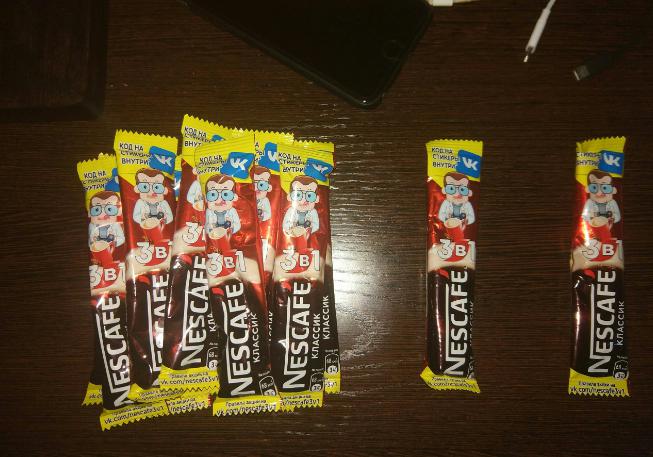For the business to work really well, you need to correctly build the goals and objectives of your organization. Properly built goals and objectives are at least 50% success.
What is the difference between goals and tasks in business? In short, the goal is what we want to achieve, and the task is the answer to the question of how exactly we will do it.
Let's consider in more detail.

What should be the goal in business
A goal is a view that must be realized. In this case, the correct formulation of the goal must be checked by the following criteria:
- Clear statement of purpose. That is, we say not “I want to win a large market share for my product”, but “I want to increase the market share occupied by our product by 20 percent for a certain time.”
- The certainty of the goal over time. A specific result must be achieved by a specific date.
- Measurability of the goal. These should be specific numbers.
- Reachability Goal. Its compliance with real business opportunities at the moment.
That is, the goal in business is a clearly articulated representation, measurable and concrete, which must be realized in reality within a certain period of time.

What is a business challenge?
A task is a more particular and concrete idea of how the goal should be realized. This is the task that we give ourselves or the staff. A goal can have a structure, and a task is one of the points that make up a goal. Each goal, as a rule, is accomplished by solving several tasks.
A correctly formulated task must meet the following conditions:
- The presence of a criterion for its implementation. How exactly it will be clear that the problem is solved.
- The presence of a specific contractor - the one to whom we are entrusted with the task
- Availability of resources to fulfill.
- The presence of certain requirements for implementation.
Thus, a task is a functional unit of goal fulfillment that has a specific executor, fulfillment criteria, as well as certain requirements and resources for its solution.
Function in business
Function - this is the role and purpose of the subject within a separate system, in business it is a property of part of the organization (employee, department, and so on) that characterizes it through all the tasks it performs.
For example, the sales department has such classic functions as maintaining a customer database, attracting new ones, working with existing ones, maintaining regular customers and establishing trusting relationships with them.
A function, unlike a single task, has regularity. That is, the sales department of the example performs all of the above functions not once, but for a relatively long time.
Difference between goals and tasks and functions
It turns out that the goal is what needs to be achieved, the task is one of the points on the plan to achieve the goal, and the function is a characteristic of the subject of the company through the type of tasks it regularly performs.
For example, the goal may be to expand the range of the online store by 20 positions that meet the needs of your target audience.
And this is an approximate list of tasks that need to be solved to achieve the goal:
- Identify these very needs of customers in various ways.
- Choose products that are optimally suited to the needs of the client.
- Find the optimal suppliers of the goods you need.
- To buy the necessary goods (depending on how you work, this task can be solved after a request from the client).
- Add positions to the site in the desired categories.
- Explain to the client how exactly this product will satisfy his need.
You assign these tasks to different employees of your business or to third-party specialists, depending on the functions they perform.
Rules for setting goals and objectives in the organization
All goals, depending on the time allotted for their implementation, can be divided into long-term and short-term.
And if the organization is large, then it is simply necessary to ensure that short-term goals do not contradict long-term goals, and also that goals set by different departments do not contradict each other.

Also, when setting tasks, it is important to highlight their hierarchy, to build deadlines for their implementation and to determine the importance of each specific task to achieve the goals of the organization.
In the list of all tasks, you can always highlight a key task. In this case, the difference between the main task and the goal will be that the goal is the expected result, and the task is the path that will lead to it.
The main task should always be allocated the most resources.
If research of the target audience or market is required, then it is also worth considering the correspondence of the research goal to the general goals of the company, as well as the difference between the research goals and the tasks. What will it be? The fact is that if you conduct a study, then its result should answer one specific question, which will be its main goal. And the ways in which it is carried out will be the tasks of research.
The goals and objectives of the advertising campaign on the example of Nescafe
Let's look at examples of the difference between goals and objectives in a rather interesting advertising campaign from the well-known brand of instant coffee Nescafe.
The Nescafe company worked with the VKontakte social network and its users in order to:
- increase brand awareness among users of a social network;
- increase the degree of involvement of the target audience, strengthen communication with the brand;
- to keep the audience’s interest in the brand;
- increase sales of Three in One coffee.
To increase the number of customers, a campaign was proposed to popularize the Nescafe brand in the student community through the VKontakte social network.

This is an example where you can see the differences between goals and tasks clearly.
The objectives of this campaign:
- Getting a certain amount of interactions with a brand of unique users within a social network.
- Increases in sales of 3-in-1 coffee in packaged units.
The objectives of the advertising campaign were:
- Integration of the Nescafe brand into the currently popular message add-ons, such as stickers. At the same time, stickers are given to the user free of charge in exchange for a promotional code, which he finds in each package of instant Three-in-One coffee.
- Creating a community where you can receive stickers, exchange them, and watch interesting content on the topic of students, coffee and Nescafe events.
- Conducting targeted mailing to the target audience, notifying them of the opportunity to receive stickers for free.
- Creation of a new packaging design "Nescafe Three in One", which also posted a call for stickers.

The result of the campaign was an increase in sales of Three-in-One coffee, and the involvement of the target audience in interaction with the brand increased.
